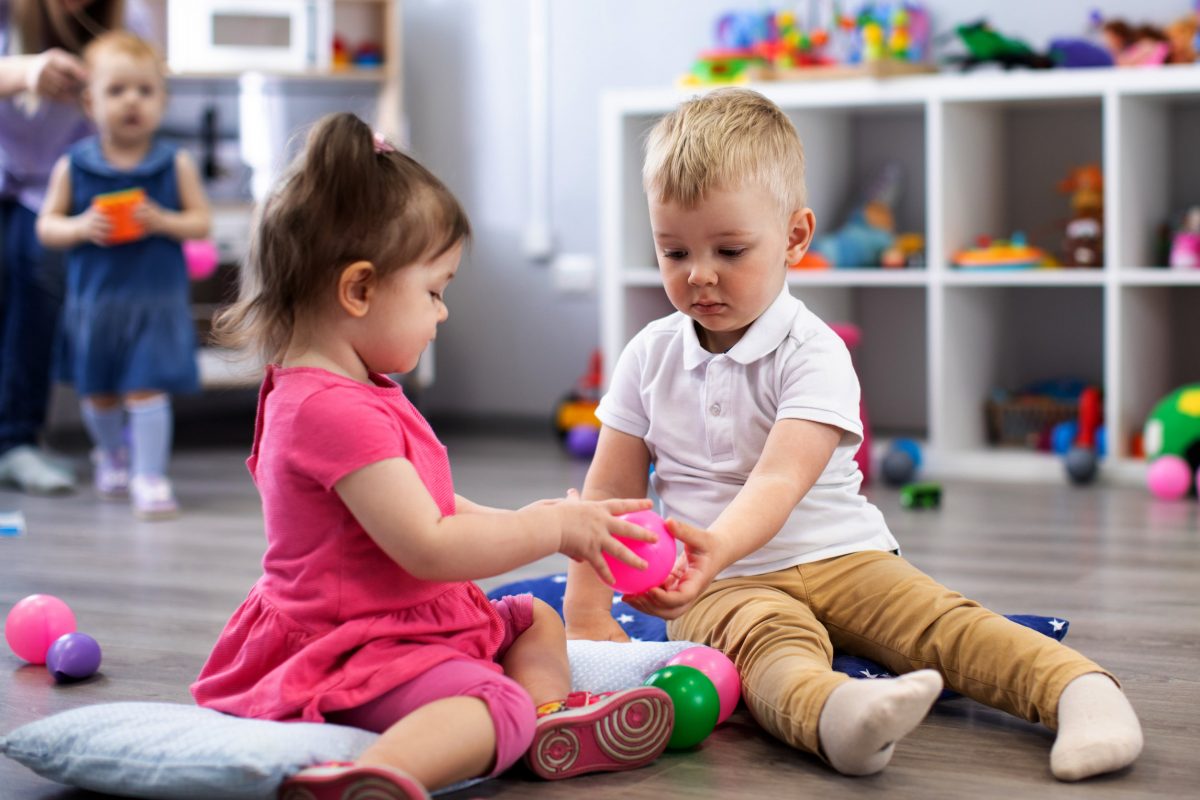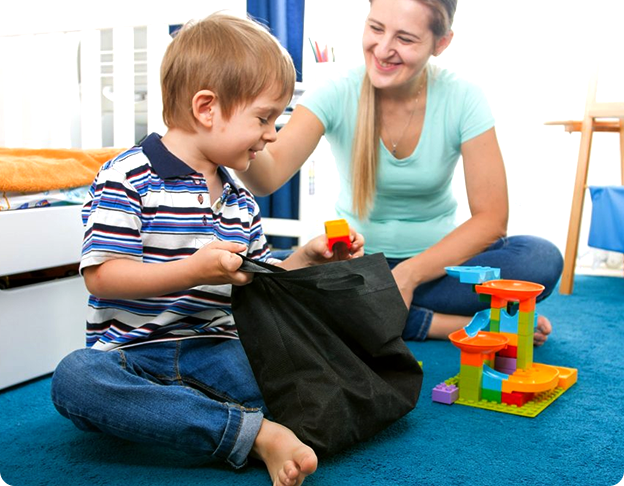Psychologists describe behaviors as either respondent or operant. A respondent behavior is one that happens when exposed to a stimulus, and it is typically a reflexive action geared toward protection or survival.
For example, if you shine a bright light into someone’s eyes, the eyes will automatically close to protect them from discomfort and potential damage. Another example would be sweating on a hot day during physical exertion; sweating helps prevent the body from overheating.
However, in Applied Behavior Analysis, respondent behavior is rarely addressed. Instead, ABA therapy focuses on operant behavior when discussing the child’s learning history.
What Is a Learning History?
A learning history is the sum of all behaviors modified or conditioned by the individual’s interactions with other people, events, or experiences. It includes all of the antecedents and consequences that have combined to impact the individual’s behavior.
When you were a child, you probably learned to associate a hot stove with a painful experience by getting too close to or touching one. You then learned to associate the word hot with this experience, so a verbal warning was enough to make you exercise additional caution. This is just one example of an operant behavior that became part of your learning history.
However, the learning history of a child on the autism spectrum can be much more complex. Children quickly learn behaviors that will often obtain reactions from their parents or caregivers. For example, they may learn that throwing a tantrum in a crowded store will get them the toy or candy that they want, or that screaming at their mother while she is on the phone will cause her to end the call so that she can give the child her attention.
Although the outcome that the child desires is normally positive, it is important to remember that the behavior can sometimes be designed to have a negative consequence, or that the child may have little concern for whether the consequences are positive or negative. One example of this is when children seek attention without regard to whether they will be hugged, yelled at, sent to their room, or rewarded with a snack; the purpose may be just to access some sort of attention.
What Is a Long Learning History?
A long learning history is defined as a behavior that has been practiced for many months or even years. During this time, the behavior has been reinforced through the responses of the parent or caregiver for a long period of time.
For example, a child may learn that ignoring a parent’s request to put toys away will lead to the parent taking care of the task, or they may learn that throwing their study materials on the floor is an effective way to avoid homework or even delay the homework for some time . However, a long learning history can also contain positive behaviors, including behaviors that have been learned one step at a time.
To illustrate, some parents teach their children to brush their teeth by breaking the task into a series of steps, typically modelled by the parent. First, the children might learn how to hold a toothbrush, then they learn to put the toothpaste on the brush before moving on to brushing their own teeth.
Why Is Learning History a Vital Part of ABA?
The goal is to modify the child’s behavior to enhance learning, social skills, and independence. Understanding the learning history is a vital part of planning and executing the actions that caregivers need to take to help the child. Behaviors can be modified, but it will be necessary to understand the impact that the actions of others can have on a child’s behavior.
It is also important to know how long the child has been exhibiting the behavior. If the child has been displaying a behavior for only a few days, it will be much easier and faster to alter the behavior than to alter a behavior that the child has exhibited for two or three years. Change is still possible, but parents will need to have patience. They will need to remain steadfast in their commitment to their child. They may also need to review the ABCs of an ABA program.
The ABCs are essential to define the operant behavior, and operant behavior is a critical part of your child’s learning history. Taken together, they can help you shape your child’s long learning history in positive, meaningful ways.




